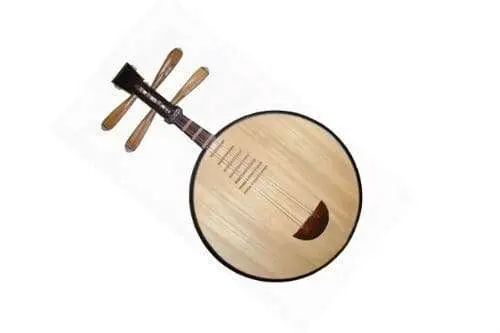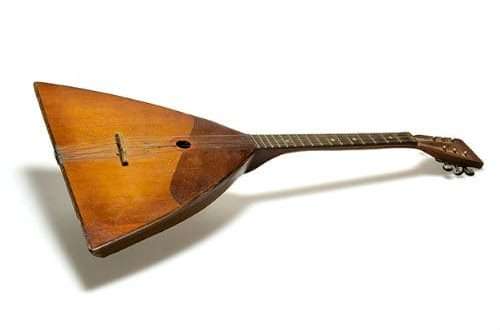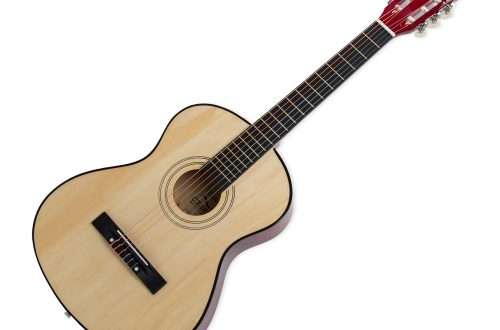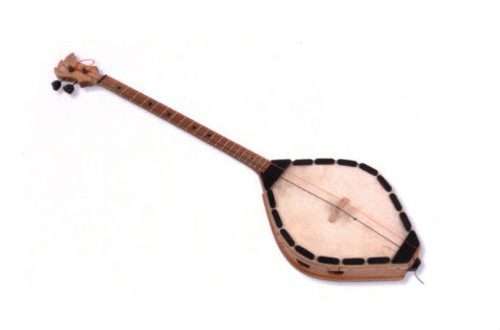
Yueqin: description of the instrument, composition, history, sound
Yueqin is a Chinese stringed musical instrument. Belongs to the plucked group. Known as the moon lute and the Chinese lute.
The history of the Yueqin begins in the XNUMXrd-XNUMXth centuries AD. The instrument appeared in the Jin Dynasty. The closest related instruments are pipa and zhuan.
The appearance resembles a small guitar with a round body and a short neck. The length of the instrument is 45-70 cm. The fingerboard passing into the surface of the soundboard contains 8-12 frets. Some variants are characterized by an octagonal soundboard. The body shape does not change the sound quality.

The number of strings of the moon lute is 4. Initially, they were made of silk. Modern options use nylon and steel. The paired strings are attached to four pegs on the head. A similar construction is found on the twelve-string guitar.
The Taiwanese Yueqin is distinguished by its length and a reduced number of strings – up to 2-3. Metal resonators are installed on the case of southern models. Resonators increase the volume of the sound.
Frets are high. When clamping a chord, the musician does not touch the outer surface of the fretboard.
The sound of the Yueqin is high. The strings of modern models are tuned in the keys of AD ad and GD g d.
The moon lute is used as an accompaniment in Peking opera performances. In an informal setting, folk dance songs are played on a Chinese lute.
The way of playing the yueqing is similar to playing the guitar. The musician leans to the right and puts the body on its knee. Notes are pressed with the left hand, sounds are extracted with the right fingers and a plectrum.





